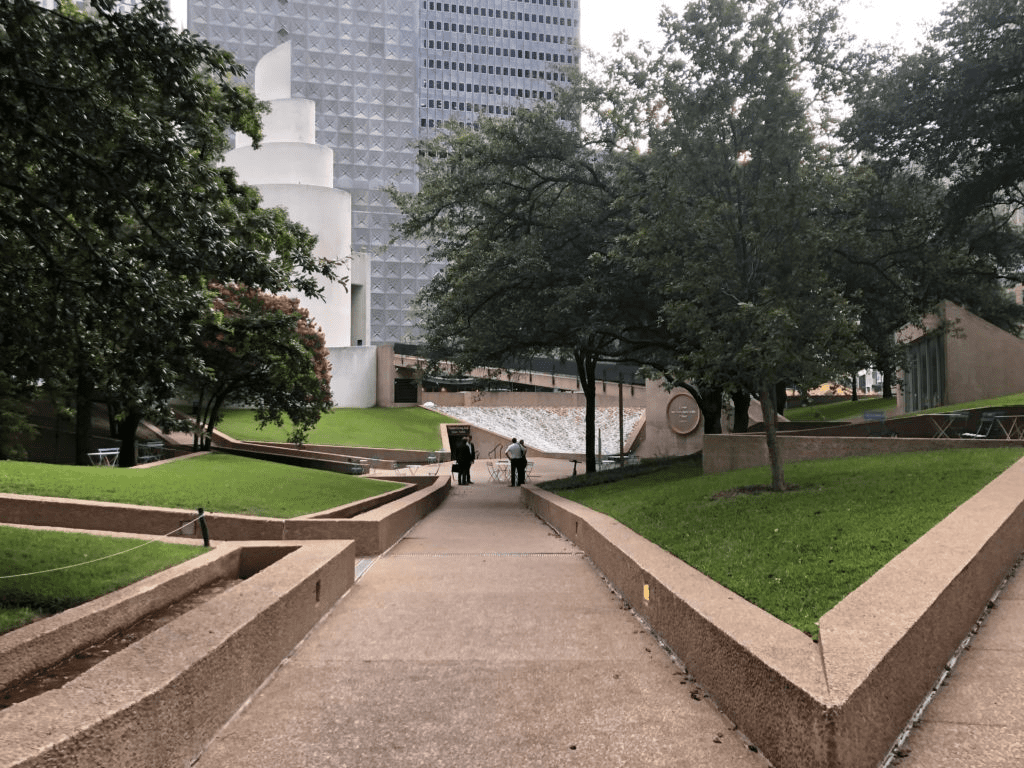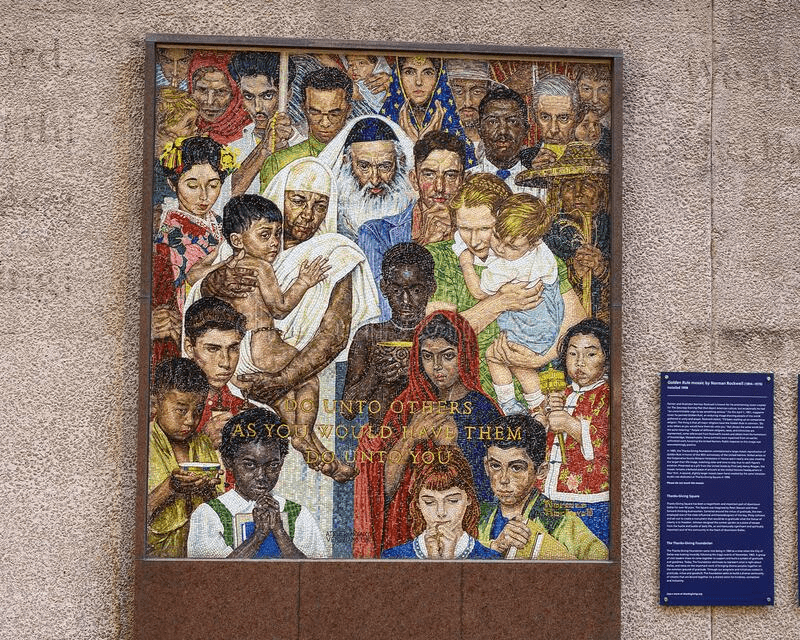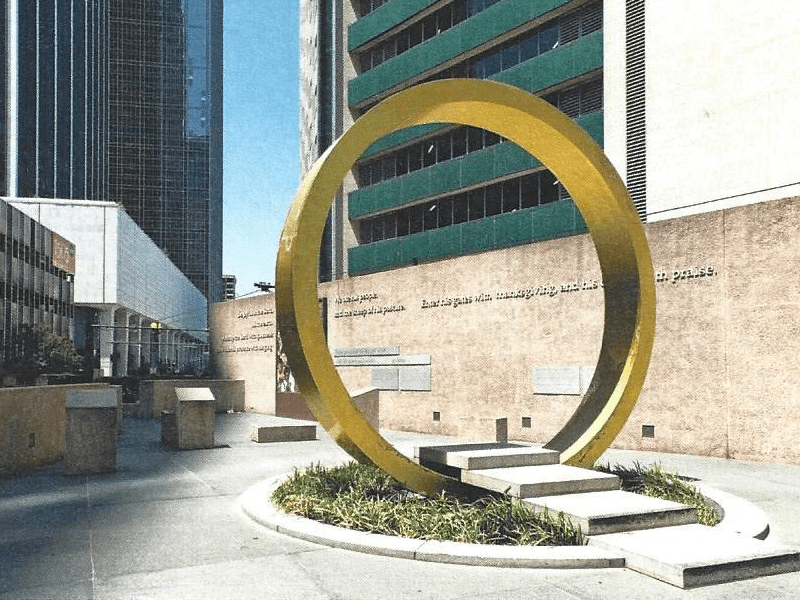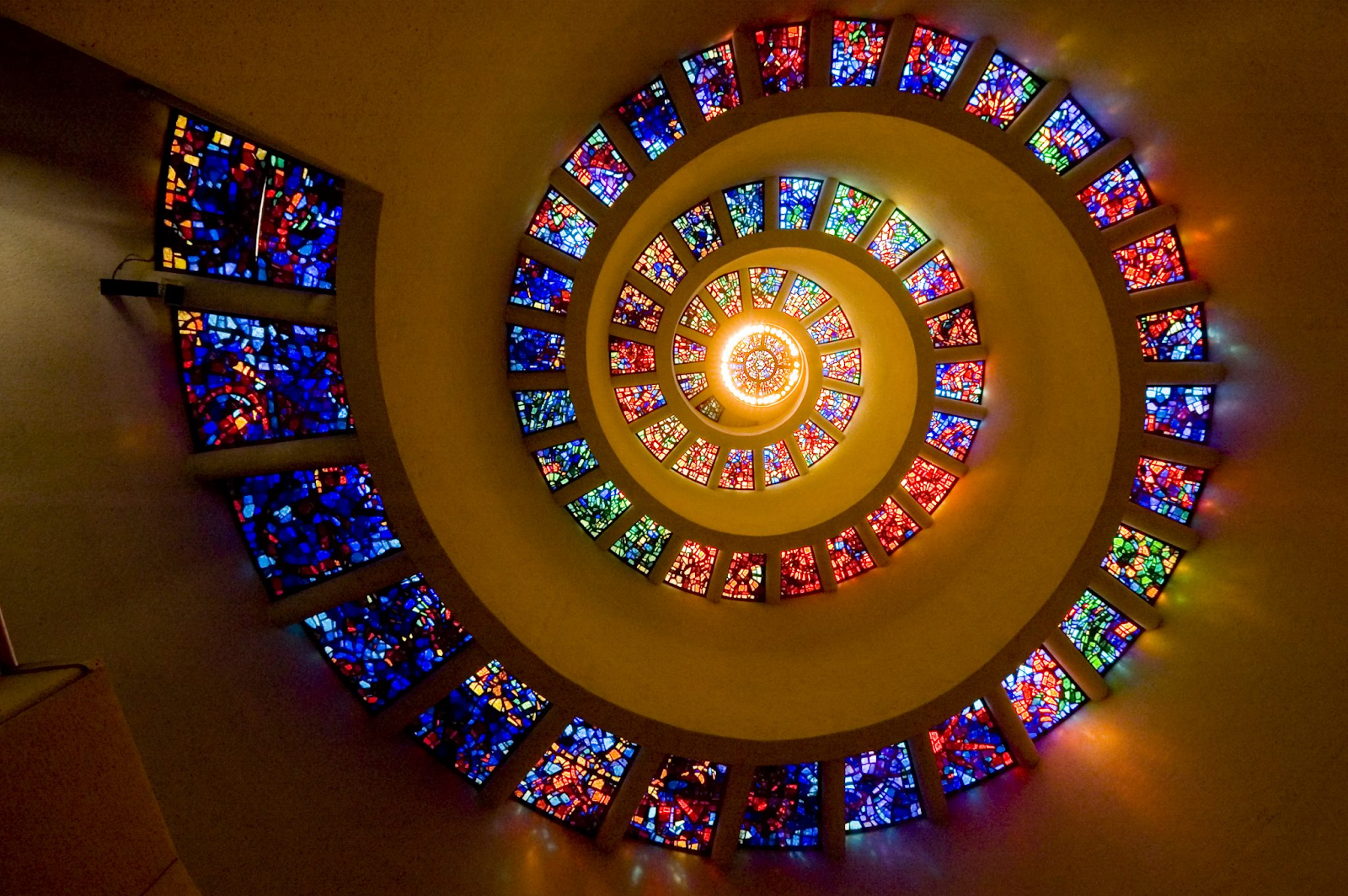In 1864, the authorities of Dallas decided to develop the city not only economically but also spiritually. As a result of research, it was established that one of the properties that was inherent in all cultures and religious traditions is gratitude. Then, the Thanks-Giving Foundation was launched as a public space that organized international meetings and workshops to improve understanding, communication and harmony between diverse communities from around the world. Read more on dallas-future.
The creation history
The construction of the square began in 1973 at the initiative of the Thanks-Giving Foundation, which cooperated with the local government. Philip Johnson was chosen as the architect of the project. The square was fifteen feet below ground level. A four-foot-high perimeter wall limited the view of the road, creating a separate green space in the city center. The decoration lacks religious symbolism. Water plays an important role here in the form of roaring fountains that mask the noise of the city. Construction was completed in three years. On Thanksgiving Day in 1976, President Gerald Ford named this square a national shrine.

Area planning
The main entrance is through the Court of All Nations. There are three large bells cast from bronze. Each of them has an inscription. On the top is written God loves us, on the middle – We love God and on the bottom – Serve God Singing. They play every day, reminding visitors of the existence of such a main human value as gratitude.
From here, the path leads to the Golden Rule mosaic. It was created based on the image of the artist Norman Rockwell, who depicted people from all over the world in unity and prayer. According to his observations, all major religions have a common golden rule: do unto others as you would have them do unto you. He created the cover illustration for The Saturday Evening Post on April 1, 1961. In 1985, the Thanks-Giving Foundation commissioned a large mosaic reproduction of the Golden Rule.

Adjacent to the mosaic is a 14-foot-tall gold and aluminum ring of gratitude resting on a granite circle. Entering the center of the ring, one should say to whom and for what they are grateful.

Spiral Chapel of Thanksgiving
This building is located in the eastern part of the square. It is its spiritual center. The white building is created in the form of a spiral, which refers to the ancient spiral of life and reminds of the endless existence of the human spirit. The ceiling is decorated with the Glory Window, one of the largest horizontal stained glass windows worldwide. It was created by the French artist Gabriel Loire. He used glass 22 millimeters thick, which is thicker and stronger than medieval stained glass. The window consists of 73 stained glass tiles and repeats the shape of the ceiling.

You can see that the lower part is more blue colored. The higher it goes, the more warm and yellow the shade becomes, until it ends in a brilliant yellow light. In this way, the artist tried to depict life with its difficulties and joys. This image was chosen for the official stamp of the United Nations in 2000 during the International Year of Thanksgiving. It also appeared in the film The Tree of Life, which was nominated for an Academy Award in 2011.
Another feature of the chapel is the Spirit of Thanksgiving window engraved above the entrance. It depicts a voluminous dove, symbolizing beauty, peace, hope and gratitude. The author is the artist John Hutton.
A 100-foot-long bridge crosses the Great Fountain leading to the chapel. Anyone can visit the Spiral Chapel, regardless of religion.